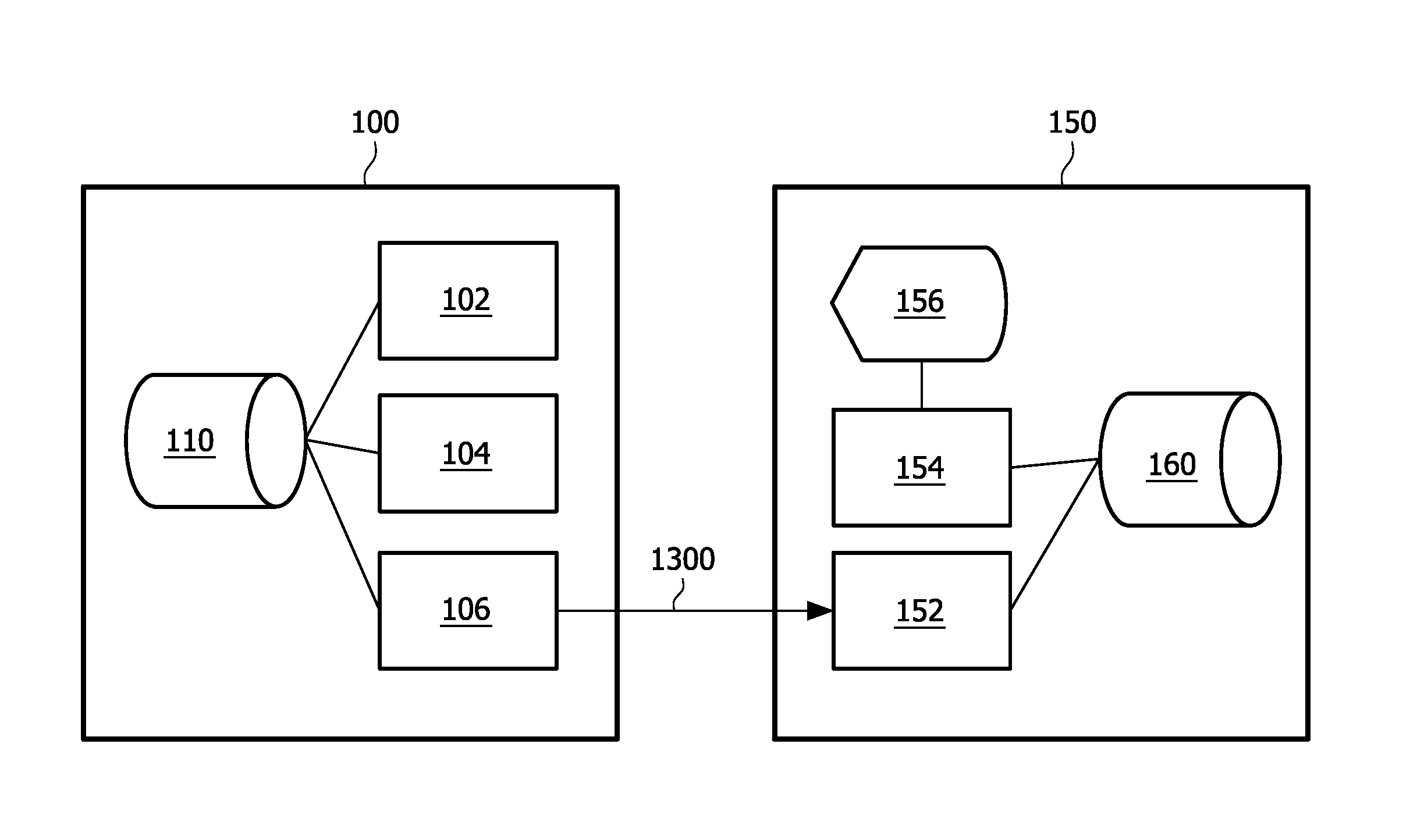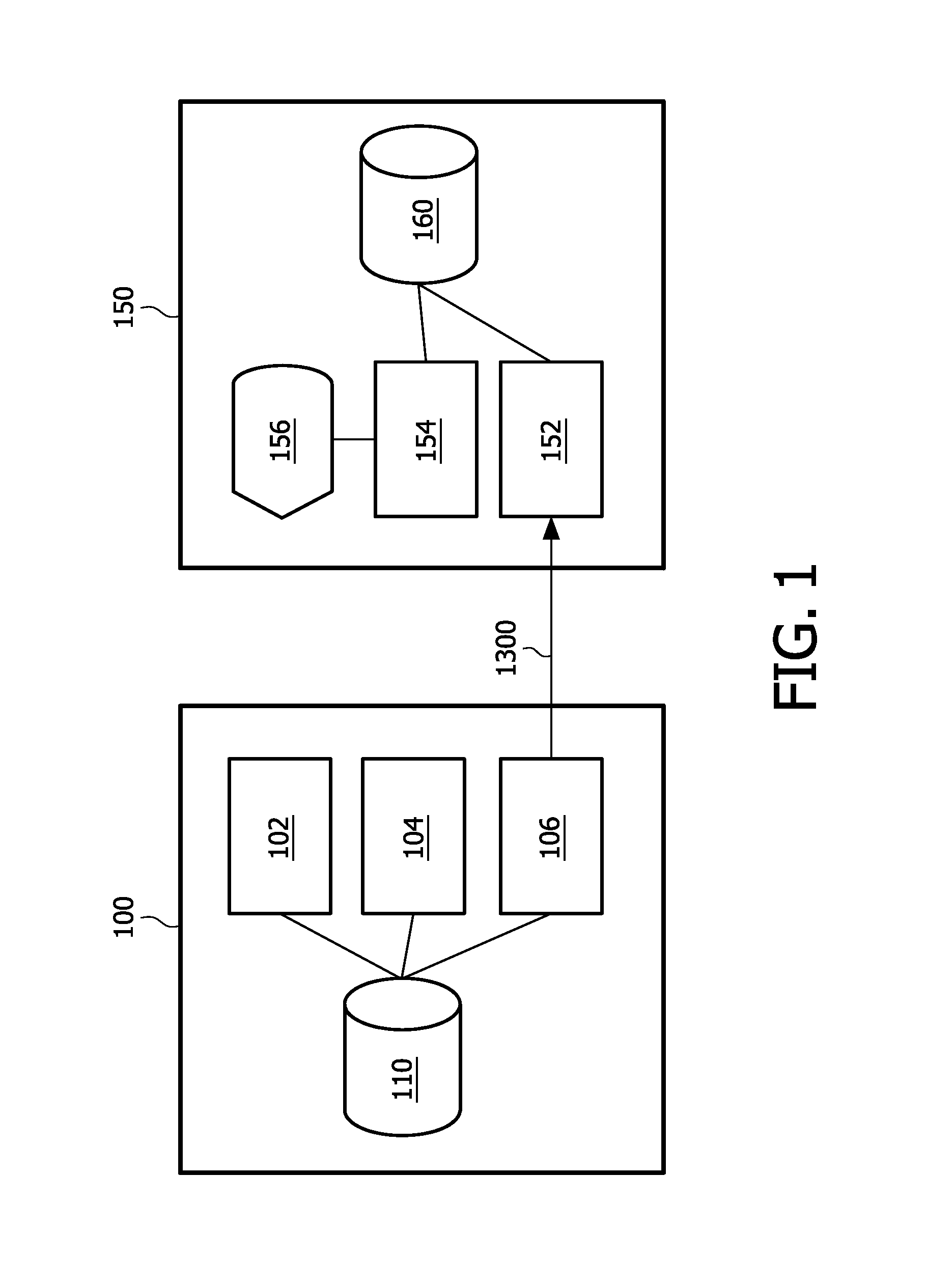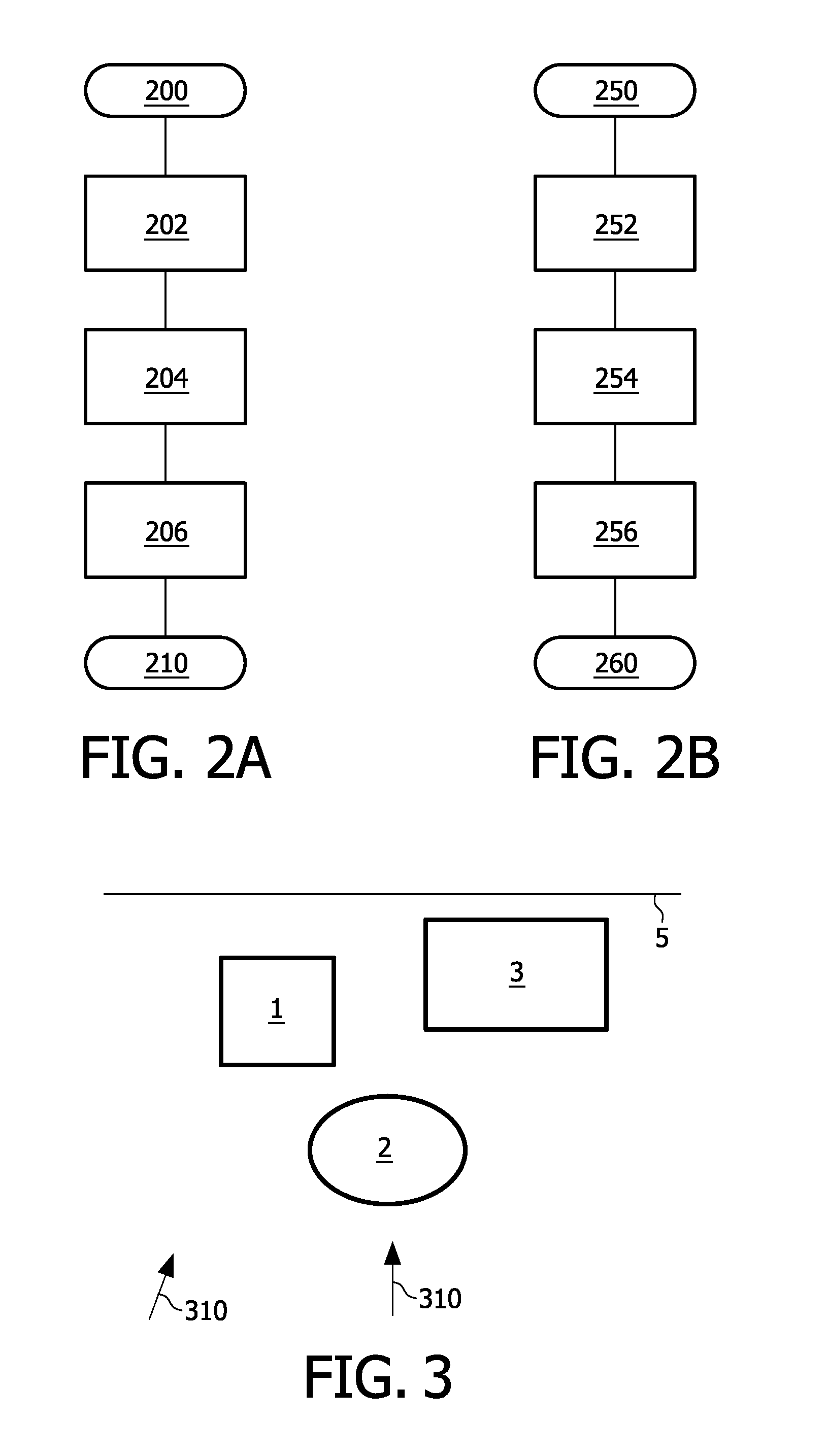Video signal with depth information
- Summary
- Abstract
- Description
- Claims
- Application Information
AI Technical Summary
Benefits of technology
Problems solved by technology
Method used
Image
Examples
Embodiment Construction
[0044]In recent years, much effort has been put in the development of 3D displays and data representations suitable to drive such displays. Auto-stereoscopic 3D displays do not require the viewer to wear special eyewear (such as the red / green glasses), but usually rely on displaying more than two views which allow users to freely look around the scene which is displayed and perceive depth because their left and right eyes “see” two of these different views. Since displays can vary in the number of views displayed, and also in other attributes, such as the depth range they can portray, a data format which is independent of such differences is needed. The image-and-depth format has been adopted in MPEG-C part 3.
[0045]While the image-and-depth format is suitable for the first generation 3D displays, which have moderate depth range capabilities, it needs to be extended in order to allow for more look-around and less so-called occlusion artifacts. However, occlusion artifacts may also oc...
PUM
 Login to View More
Login to View More Abstract
Description
Claims
Application Information
 Login to View More
Login to View More - R&D
- Intellectual Property
- Life Sciences
- Materials
- Tech Scout
- Unparalleled Data Quality
- Higher Quality Content
- 60% Fewer Hallucinations
Browse by: Latest US Patents, China's latest patents, Technical Efficacy Thesaurus, Application Domain, Technology Topic, Popular Technical Reports.
© 2025 PatSnap. All rights reserved.Legal|Privacy policy|Modern Slavery Act Transparency Statement|Sitemap|About US| Contact US: help@patsnap.com



